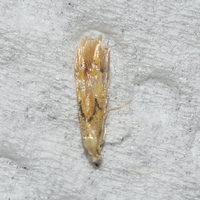
| Recorded by: David George, Jeff Niznik on 2025-05-09
Cumberland Co.
Comment: | 
| Recorded by: David George, Jeff Niznik, Brian Bockhahn on 2025-05-09
Cumberland Co.
Comment: |
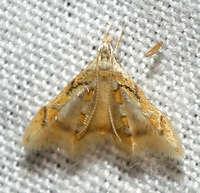
| Recorded by: David George, Jeff Niznik, Brian Bockhahn on 2025-05-09
Cumberland Co.
Comment: | 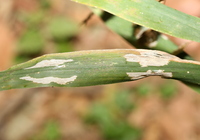
| Recorded by: David George, Jeff Niznik on 2023-11-08
Orange Co.
Comment: |

| Recorded by: David George, Jeff Niznik on 2023-11-08
Orange Co.
Comment: | 
| Recorded by: David George, Stephen Dunn, Jeff Niznik, Larry Chen on 2023-10-28
Orange Co.
Comment: |

| Recorded by: David George, Stephen Dunn, Jeff Niznik, Larry Chen on 2023-10-28
Orange Co.
Comment: | 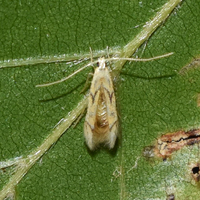
| Recorded by: Jeff Niznik on 2023-10-13
Durham Co.
Comment: |
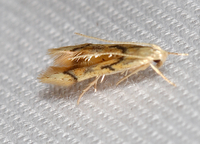
| Recorded by: Jim Petranka, Bo Sullivan and Becky Elkin on 2023-09-15
Macon Co.
Comment: | 
| Recorded by: Jim Petranka, Bo Sullivan and Becky Elkin on 2023-09-15
Macon Co.
Comment: |
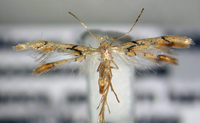
| Recorded by: Jim Petranka, Bo Sullivan and Becky Elkin on 2023-09-15
Macon Co.
Comment: | 
| Recorded by: David George, Jeff Niznik on 2023-09-04
Orange Co.
Comment: |

| Recorded by: David George, Jeff Niznik on 2023-09-04
Orange Co.
Comment: | 
| Recorded by: Jeff Niznik on 2022-09-19
Chatham Co.
Comment: |
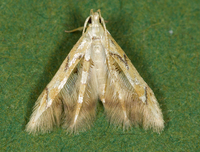
| Recorded by: Jim Petranka and Becky Elkin on 2022-09-08
Clay Co.
Comment: A reared adult from Dichanthelium clandestinum. | 
| Recorded by: Jim Petranka and Becky Elkin on 2022-09-08
Clay Co.
Comment: Adult was reared from a cocoon on Dichanthelium clandestinum; cocoon on August 25; adult emerged on Sept 8, 2022. |
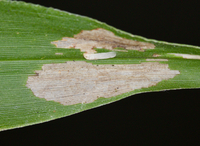
| Recorded by: Jim Petranka and Becky Elkin on 2022-08-25
Clay Co.
Comment: | 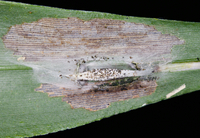
| Recorded by: Jim Petranka and Becky Elkin on 2022-08-25
Clay Co.
Comment: |
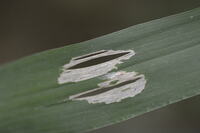
| Recorded by: Tracy S. Feldman on 2022-08-17
Durham Co.
Comment: | 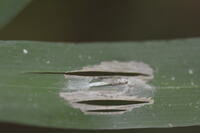
| Recorded by: Tracy S. Feldman on 2022-08-17
Durham Co.
Comment: |
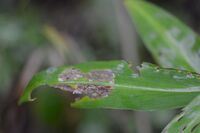
| Recorded by: Tracy S. Feldman on 2022-08-15
Durham Co.
Comment: | 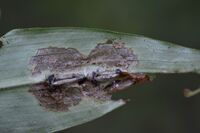
| Recorded by: Tracy S. Feldman on 2022-08-15
Durham Co.
Comment: |
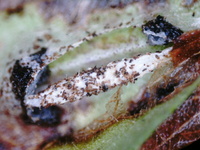
| Recorded by: Tracy S. Feldman on 2022-08-15
Durham Co.
Comment: | 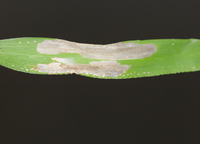
| Recorded by: Jim Petranka on 2022-08-07
Madison Co.
Comment: Mine was on a small-seeded Dichanthelium species. |
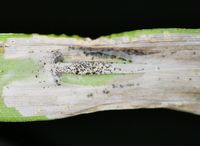
| Recorded by: Jim Petranka on 2022-08-07
Madison Co.
Comment: | 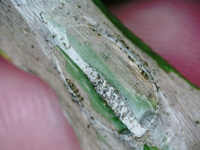
| Recorded by: Tracy S. Feldman on 2021-10-02
Orange Co.
Comment: |
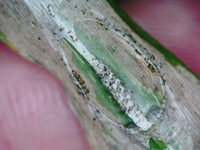
| Recorded by: Tracy S. Feldman on 2021-10-02
Orange Co.
Comment: | 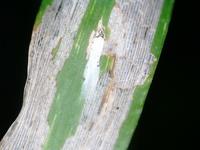
| Recorded by: Tracy S. Feldman on 2021-10-02
Orange Co.
Comment: |

| Recorded by: Tracy S. Feldman on 2020-09-08
Scotland Co.
Comment: | 
| Recorded by: Tracy S. Feldman on 2020-09-08
Scotland Co.
Comment: |
|

 »
»














